📣 YOU are clearly getting prepared for pregnancy, birth & beyond — but do you wish your partner was more involved (looking for a teammate rather than just a cheerleader)? Couples love THIS! 💛🧡💚
How can you start labor going if you’re 2 cm dilated. In this article we will talk about medical induction methods as well as ways to get labor going if you’re at home and ready to get your baby out — so let’s get started.
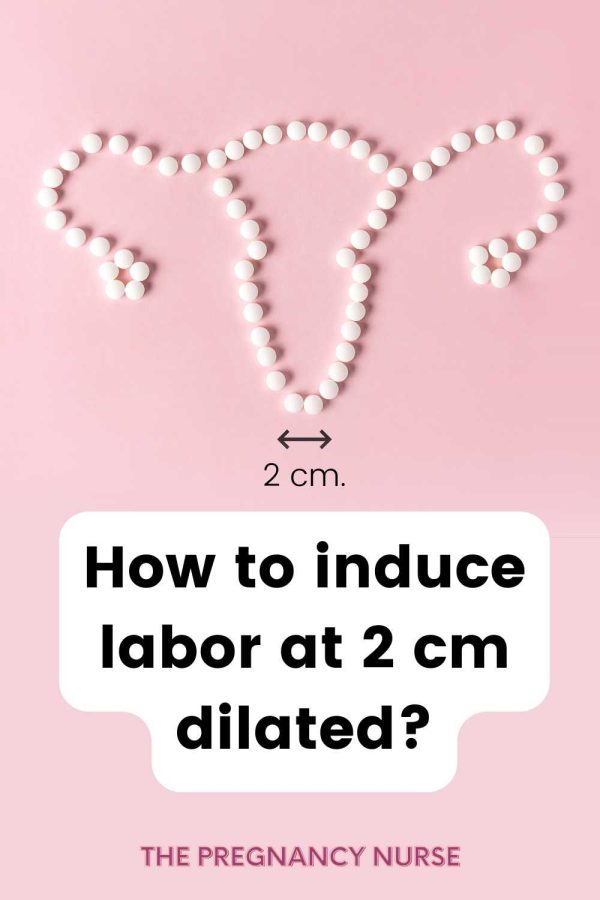
But did you know that you might be stopping you going into labor? In order for that Oxytocin to flow you need to feel confident and prepared — and you can get prepared in just a few hours!
This (or any article on The Pregnancy Nurse) should be taken as medical advice, this purely educational. Please talk with your provider about your specific needs and circumstances.
Ok, let’s answer the main question first (and then we’ll get more into it):
2 cm dilated – How do we induce labor?
Two ways. First, you can be induced in the hospital, mot often with prostaglandins like misoprostol at 2 cm. Or, you can try to get labor going at home.
However, you have to keep in mind that many people stay 2 cm for days or weeks before having their baby. Just because your cervix is open a bit just means that baby is pushing on it a bit to open it up. But, what does that all mean as far as “labor”? Let’s talk about it….
The big question for this is if you want to induce labor at home, or if you’re wondering if you’re going to be induced in the hospital — but we will answer both of those questions.
BTW, have you thought about your birth plan — let me help you out!
What Is Cervix Dilation?
Cervix dilation is a process that occurs during the labor process — as the baby’s head pushing on the cervix it starts to open. I think a good metaphor for it is pushing your head out of a very tight sweater. Just like the neck of that tight sweater the cervix expands from a closed position to an open one.
Cervical dilation is measured in centimeters and typically ranges between 1-10 cm. During labor, the cervix must dilate to 10 cm before the baby can pass through the birth canal. The process of cervix dilation starts off slow at first, but it will gradually increase as labor progresses and hormones are released. As labor intensifies, so does cervical dilation.
It is mostly what people talk about when they use numbers as labor progresses.
Want to know more about dilation — check out these posts:
- What Cervix Dilation Should You Be at 36 Weeks of Pregnancy?
- Signs You Are Dilating: Symptoms of cervical dilation
- How to Dilate Faster
- I’m 2 cm Dilated? How much longer?
- What is an “Unfavorable Cervix”? What does it mean for your labor?
If you’re considering an induction be SURE to get a birth class in. This one can be done SO fast, and really does prepare you with everything you need to know!
What does it mean to induce labor?
Inducing labor is simply starting the labor process. It is done to speed up or initiate the delivery of the baby.
This is usually done if there is some concern for either the mother or baby’s health, if the pregnancy has gone past its due date, or if labor has not started naturally. Inducing labor in the hospital involves using medication to cause contractions in the uterus, which will then trigger labor and delivery. The medication used can be administered orally, vaginally, or through an intravenous line.
With an induction of labor it is important to monitor contractions closely as they may become too strong or too frequent and therefore put stress on both mother and baby. Additionally, doctors may recommend (and patients may want) drugs to reduce pain during labor contractions. There may also be other interventions like amniotomy (breaking of the amniotic sac) or forceps delivery to help move things along safely.
Pro Tip: Prior to 39 weeks of pregnancy they will only induce labor for a medical reason. After 39 weeks you may be able to ask your provider for an elective induction (being induced with no medical reason).
How will your practitioner induce labor?
There are a variety of methods to induce labor in the hospital (and yes, we review all of these at length in here).
Mechanical — they can do something like break your bag of waters, strip your membranes or insert a foley catheter balloon to make your cervix dilate (although they aren’t as likely to do that at 2 cm as they might if you were less dilated), or rupture your bag of waters.
Prostaglandins — this is normally where they start when you’re 2 cm dilated. Studies have shown that decreases the amount of time when you’re in labor if they use a prostaglandin before moving to the next drug. These normally “ripen” the cervix (meaning the soften it and thin it out more, and then it slowly begins to open).
Pitocin — while this isn’t normally the route they start with at 2 cm, but it can be used. There are cases where prostaglandins can’t be used (previous uterine surgery being biggest reason). Pitocin is safer as it is given through the IV and we have constant control of how much you’re getting (and can immediately stop it). It is also what they move to once your cervix is 3 cm with one of the other methods.
All of these things are used to hopefully speed up labor. However, most often at 2 cm they will start with prostaglandins like misoprostol, prostaglandin gel or cervidil. And all of these methods are only used in a hospital with proper monitoring of you and the baby.
BTW JUST have questions about induction, I have a quick class right here you might find handy.
What happens if labor induction doesn’t work?
This actually does happen. If for some reason baby needs to come out soon they may have to do a cesarean section, but if baby is fine and you are fine they may send you home and wait for your body to be more ready to dilated on it’s own. I have a whole post on what happens if your induction doesn’t work.
What Are the Stages of Labor During an Induction?
The stages of labor during an induction are the same as during a “natural” birth.
- Early labor (closed-6 cm) — contractions tend to not be in quite a rhythm yet. Most often these are causing your cervix to soften more and just prepare for the harder contractions that come with…
- Active labor (6-10 cm) — Contractions are causing your cervix to dilate fairly quickly and baby is progressing into the birth canal.
- Pushing (2 hours on average) — Once you hit 10 cm and you feel the urge to push out your baby.
- Delivery of baby & placenta
This all happens the same with an induction of labor as going into labor on your own. The hope is that it takes less time, but that isn’t always true.
I have a whole video about the phases or stages of labor in The Online Prenatal Class for Couples because while most of it varies a lot person to person there is something REALLY important to remember that I share in there.
Is it safe to try to induce labor yourself?
As a reminder none of this should happen until you are ready for labor — meaning after 39 weeks of pregnancy. If you are not 39 weeks, they mostly recommend you wait for labor to start at home. Talk with your provider if you have any questions about what’s best for you.
Inducing labor on your own is not something that should be taken lightly, and trying to induce labor yourself is a risky situation, and frankly — not always that effective.
Although there are various natural ways to try to induce labor, such as eating spicy foods, taking long walks and having your partner massage your lower back, it’s still important to consider the risks associated with any form of inducing labor. I have a whole post on the natural ways to go into labor tonight.
It’s best to speak with a doctor before attempting any way to induce labor on your own, as complications such as infection that can occur if done without proper medical supervision. If you decide to try out any natural methods, be sure to discuss them with your healthcare provider first so they can advise you on the safety and potential risks of these methods.
And, if you want my best tips for going into labor — check out How to Go Into Labor Made Easy!
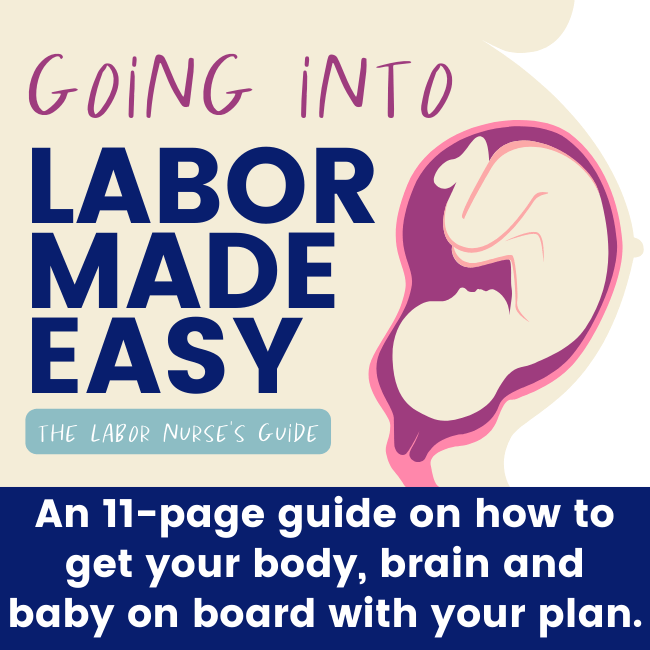
Natural ways to induce labor
When it comes to induce labor naturally, there are many options available. For women who are at least 39 weeks pregnant, some natural ways to induce labor can be helpful to start labor at home (when done after talking with your provider).
Talk with your provider if you’d like to be induced. I think a lot of people somehow think that trying it at home is more “natural” but it also is just not as effective (and some of the methods are proven to not be good for you). The Arrive trial showed that inductions at 39 weeks may be just as safe as waiting (although I think it depends a lot on your dilation and situation). I have a whole video in here about it.
However, some hospitals don’t induce people unless there is a medical reason (due to their finite labor resources), which means you might really want to try some other methods.
Does nipple stimulation help you dilate faster?
One popular way to induce labor is through nipple stimulation. This involves massaging or stimulating the nipples with a hand or breast pump in order to kickstart contractions and eventually labor.
This will definitely make you contract this study showed that more women went into labor on their own who had stimulated their nipples vs those who had not. However, that study is produced by a breast pump company and it sounds like people had to be constantly using the pump on their breasts (which doesn’t sound fun — and I’m not sure how you get some sleep….)
Does sex induce labor?
I was interested to see what the studies said about this.
This one showed that there wasn’t really any evidence that it helped move labor along.
This one showed that having sex close to your due date decreased your chances of having an induction at 41 weeks.
So, why would sex work? Semen has similar prostaglandins into the vagina that they might use in the hospital to help induce you. Also, if the woman is able to have an orgasm they may release oxytocin that could help get things going.
Many people try it — they figure they’ve done it before, and unless your doctor says not to there really isn’t too many contraindications for it. I, similar to the studies, haven’t found many people who felt like it put them into labor.
Eating spicy foods or other foods that induce labor
Studies don’t show that spicy food speeds along labor (any more than being close to your due date). But it will cause heartburn…. so, be sure to have your tums ready!
I like the Eggplant Parmesan myth – which was problem to be that if you have enough people close to their due date e at anything, some of them will go into labor — that’s just how the timing of getting the baby out works. 😉
Castor oil to induce labor
This is probably the most pervasive one. Castor oil may cause you to have a LOT of diarrhea, and it may also cause distress for the baby and can lead to dehydration for both of you. However, this study did show that when used by midwives and the patient was closely monitored it could lead to labor starting. I have a whole post on midwives brew, and castor oil is the main ingredient in there.
This one showed that 91% of women who took castor oil went on to have a vaginal birth (although it doesn’t say how soon they had it after they took it). This was also done for birth center or home births vs a hospital birth.
I think the big question is why would castor oil be safer than the medical means of induction so widely available in hospitals, and could have less side effects…
Dates to Induce Labor
There is a study that shows that eating dates can make labor happen sooner but it doesn’t show that it kickstarts labor. If you don’t mind the taste, they can be helpful those last few weeks of pregnancy (a great snack when smeared with some peanut butter too).
Want to know more about if something will kick you into labor? — check out these posts:
- Does Sleeping Stop Contractions?
- 3 Things to Know About Perineal Massage
- Can Curb Walking Induce Labor?
- What is Stripping Membranes? (Membrane Sweep)
- Sleeping Positions to Induce Labor: Best Positions to Dilate
Guaranteed ways to induce labor
There just aren’t any. Even the medical methods sometimes don’t work. No guarantees with this one…. sadly.
However you chose to get cervical ripening going, let me remind you to talk with your provider about your plans so you can be entirely informed on them. Many people take advice from the internet on this one, but there may be risks based on your unique circumstances that you haven’t through of being using a certain method. The good news is that the closer you get to your due date, the more likely you are to have spontaneous labor at home.
But remember, your brain needs to get on board too — and one of the BEST ways to do that is to get prepared and feel less anxious about labor. Come join me in The Online Prenatal Class for Couples where we prepare you from bump to bassinet!
Have you checked a birth class off your to do list✅? I have a few I recommend:
❤️ Best class for couples {per BabyList}
👩💻 Best class available on demand
⚡ Best class JUST for pain management
👶 Best Postpartum-Only Prep
❤️🧡💛💚💙💜 My favorite class is here.
Now is the time to get started!
Or, if you’re just looking to get labor started, grab Going Into Labor Made Easy!


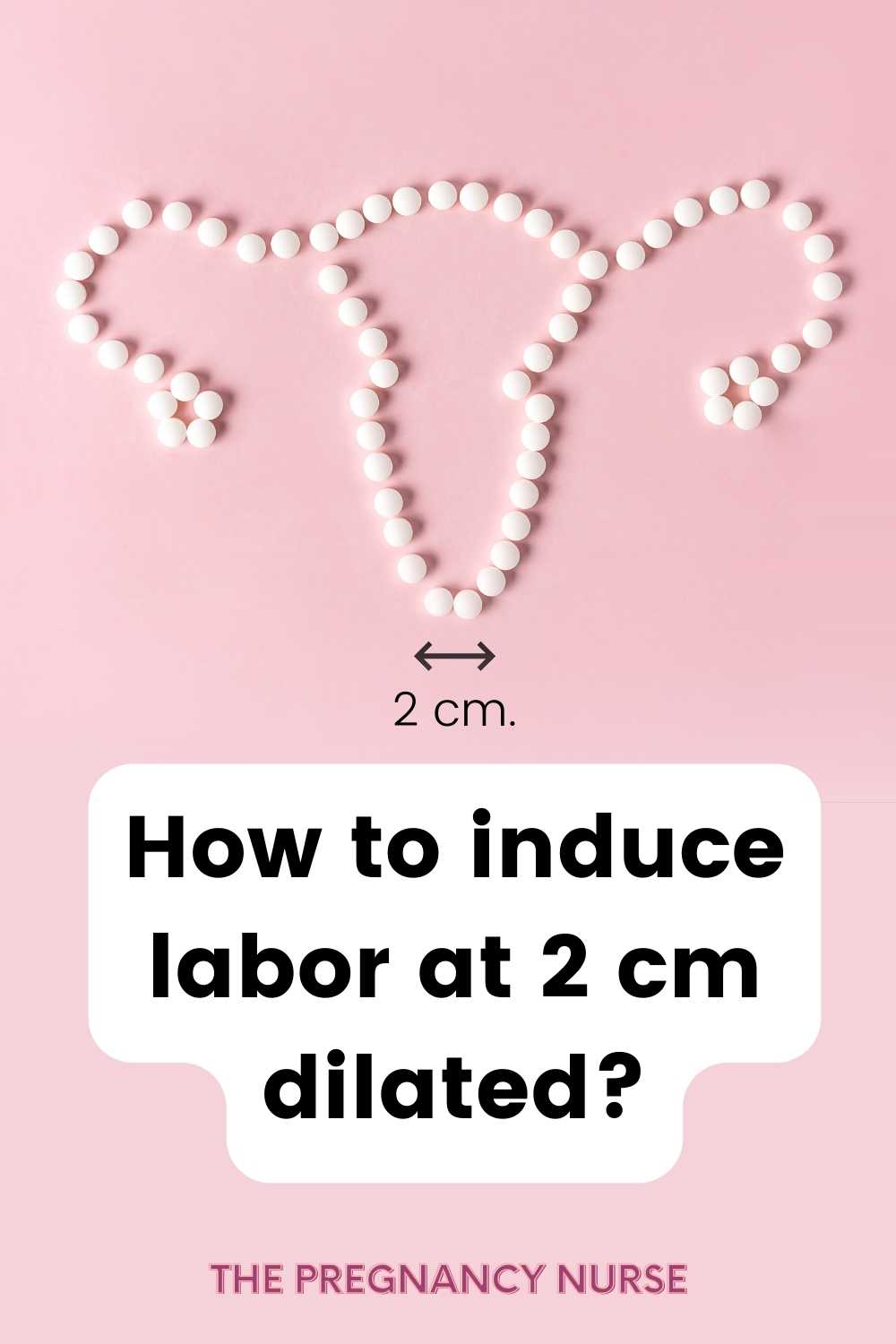


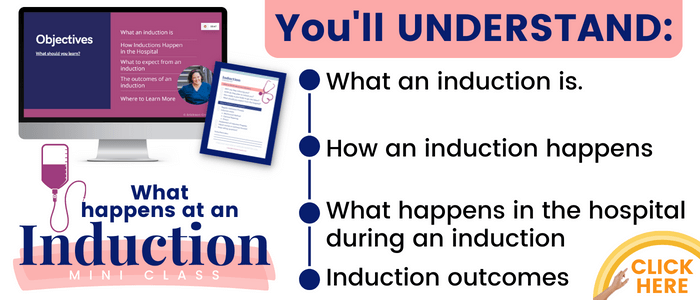
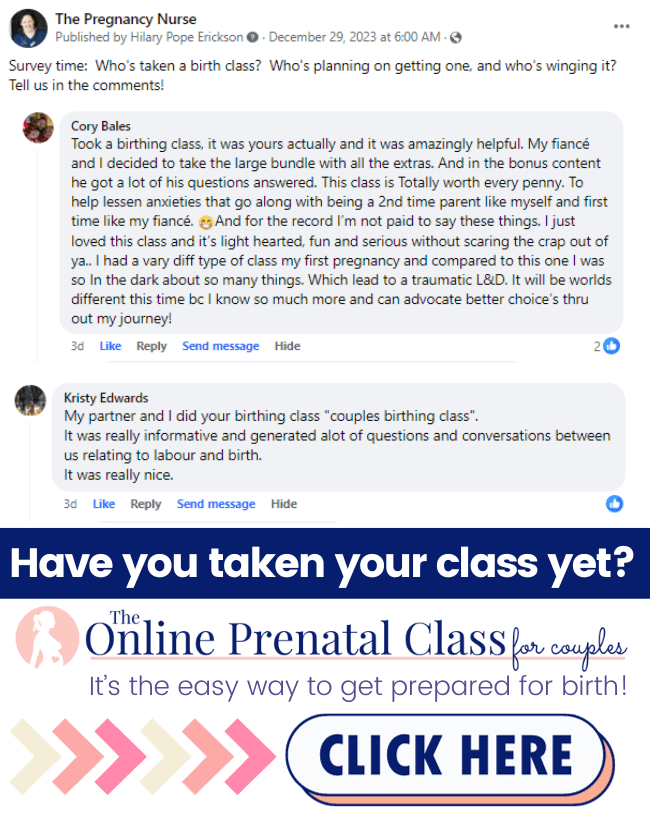


 When to Start Breathing Exercises for Pregnancy & Birth
When to Start Breathing Exercises for Pregnancy & Birth
